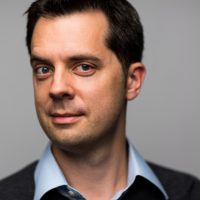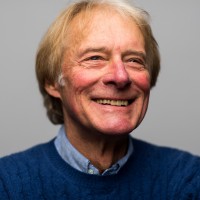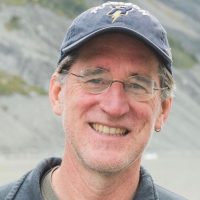Joel Thornton, Allan Devol and Harold Tobin are each being recognized at the 2018 annual conference of the American Geophysical Union, the world’s largest earth and space society. Each year, the Union take the opportunity to recognize outstanding scientists in their field.

Thornton, a professor in the Department of Atmospheric Sciences, received the Ascent Award from the AGU’s Atmospheric Sciences Section. The Ascent Award is given to exceptional mid-career scientists who have demonstrated excellence in research and leadership. Thornton and his lab group use a combination of lab experiments, field measurements and computational studies to help develop a detailed understanding of the chemical and physical processes occurring in the atmosphere. This information can help assess the potential for current and future human activities to cause global atmospheric change.

Devol, a professor emeritus in the School of Oceanography, was named lecturer for the William S. and Carelyn Y. Reeburgh Lecture, which is given each year at AGU’s annual meeting. Devol studies the chemistry of low oxygen and anoxic marine environments. His fieldwork has taken him on approximately 50 expeditions, from the Arctic to the eastern tropical Pacific and the Arabian Sea. As part of his work on hypoxia in Hood Canal, Devol developed the Oceanic Remote Chemical Analyzer autonomous buoys that, since deployment a decade ago, have provided a near-constant stream of water quality data used by scientists at and beyond the UW.

Tobin, professor of Earth and Space Sciences, has received the 2018 Paul G. Silver Award for Outstanding Scientific Service. The award is given annually to recognize a scientist who has made “outstanding contributions to the fields of geodesy, seismology, or tectonophysics through mentoring of junior colleagues, leadership of community research initiatives, or other forms of unselfish cooperation in research.” Tobin is the director of the Pacific Northwest Seismic Network, and his research involves interdisciplinary and integrative studies of subduction zone processes, with a focus on fault mechanics and seismic structure.

